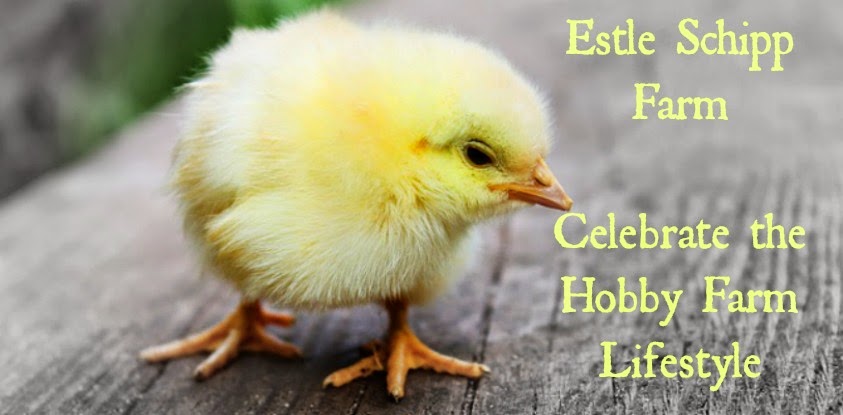The first gatherings of the garden in May of salads, radishes and herbs made me feel like a mother about her baby ... how could anything so beautiful be mine.
Alice B. Toklas
The joy of the May garden is in full swing at Estle Schipp Farm. The lettuce called Freckles is growing taller every day, the chives are already showing their lavender blooms that look like a flower that could house the little world of Whoville and the radishes are showing their beautiful red shoulders right above the soil. I even saw the first blossom on the pea shoots today! The May garden is full of greens for salads and greens for sauteing, all of which are so welcomed in my kitchen.
I have a confession to make. I had no idea you could eat the green tops of the radish plant. I have always loved the crisp heat that comes from that radish pulled right from the ground and rinsed in the garden hose. Some even make their way to the kitchen to go in the dinner salad. I had always composted those beautiful, green, leafy tops. What was I thinking??!
Radish greens make fresh, peppery additions to your spring salads PLUS they are wonderful cooked like you would kale, spinach, chard, collards or beet greens. Can you tell I'm on a 'greens' kick these days? LOL
I owe this discovery to Jenny at Nourished Kitchen who shared a soup recipe that called for adding radish GREENS to the pot after turning off the heat and letting them wilt just perfectly. Today, I took the freshly picked bunch of radishes right to the kitchen and made quick work of cooking them right up and I loved them! Here's what I cooked today:
Radish and Greens Saute
1 bunch of radishes with tops
1 tsp. olive oil
salt
pepper
balsamic vinegar
Wash radishes and greens well and remove the tip. Quarter the radishes and chop the greens. Heat the olive oil and add the quartered radishes. Saute until golden brown. Add the greens and cook just until wilted. Salt and pepper to taste. Add a drizzle of balsamic vinegar. (serves 1)
I still cannot believe all the years I threw away this culinary gem. The greens are full of vitamins and minerals too like folate, riboflavin, potassium, copper, B6, magnesium, manganese and calcium plus fiber. We all love that! The next time you see a radish, I hope you will try the tops...after all, there is more to this underappreciated vegetable than that red thing in the salad that you douse with dressing. :)
Peace be with you,
Star Schipp
This post may contain affiliate links which
means if you make a purchase using one of those links, I may receive
compensation at no extra cost to you. It is a great way to support your
favorite hobby farm blogger. Thank you!




